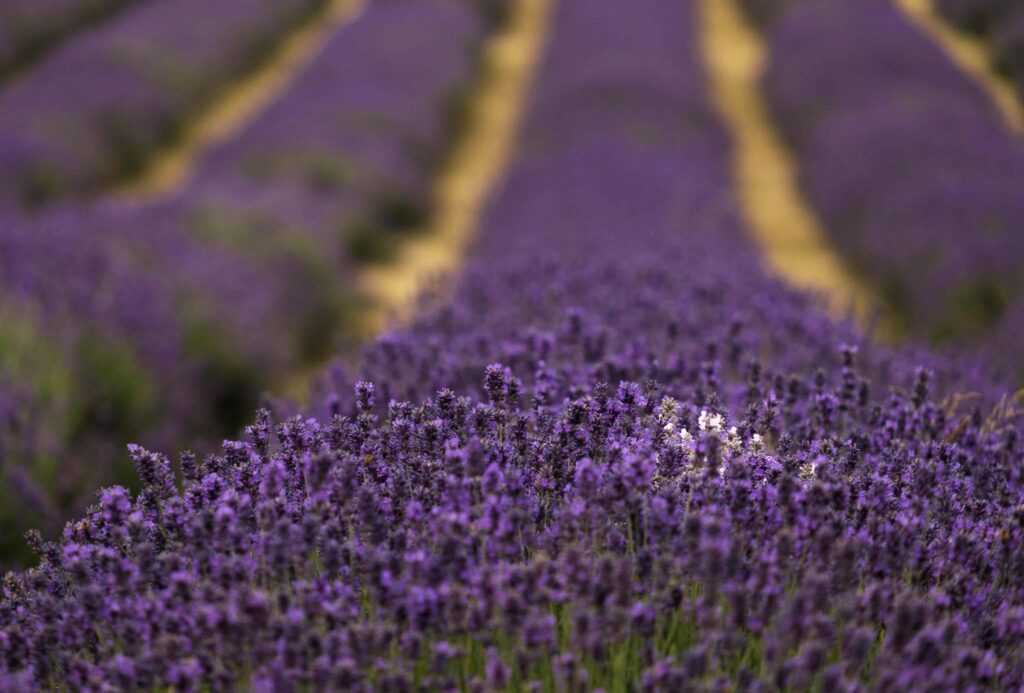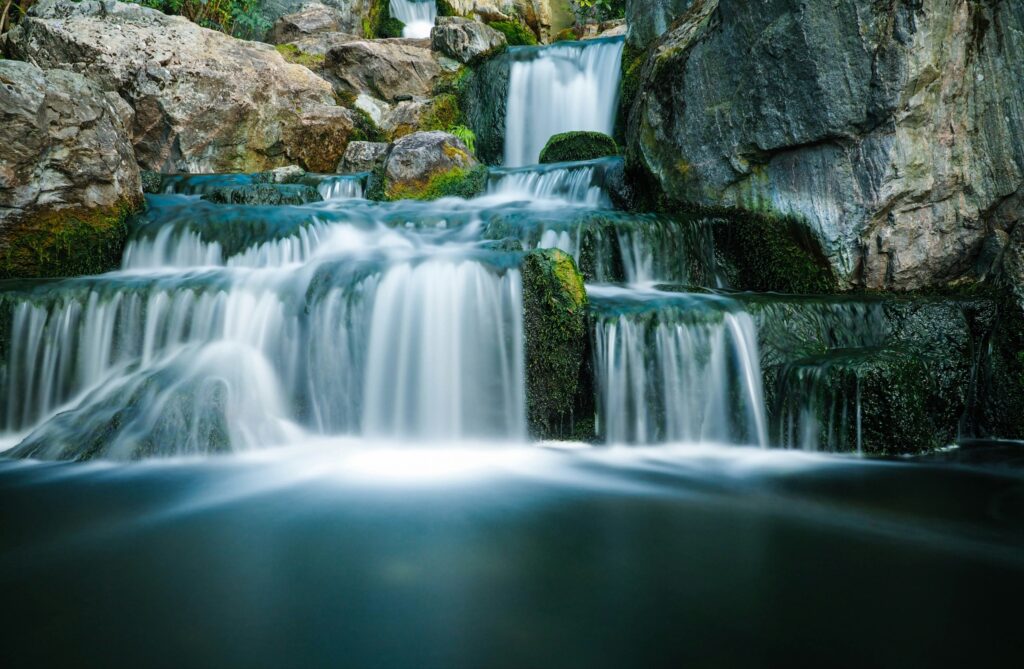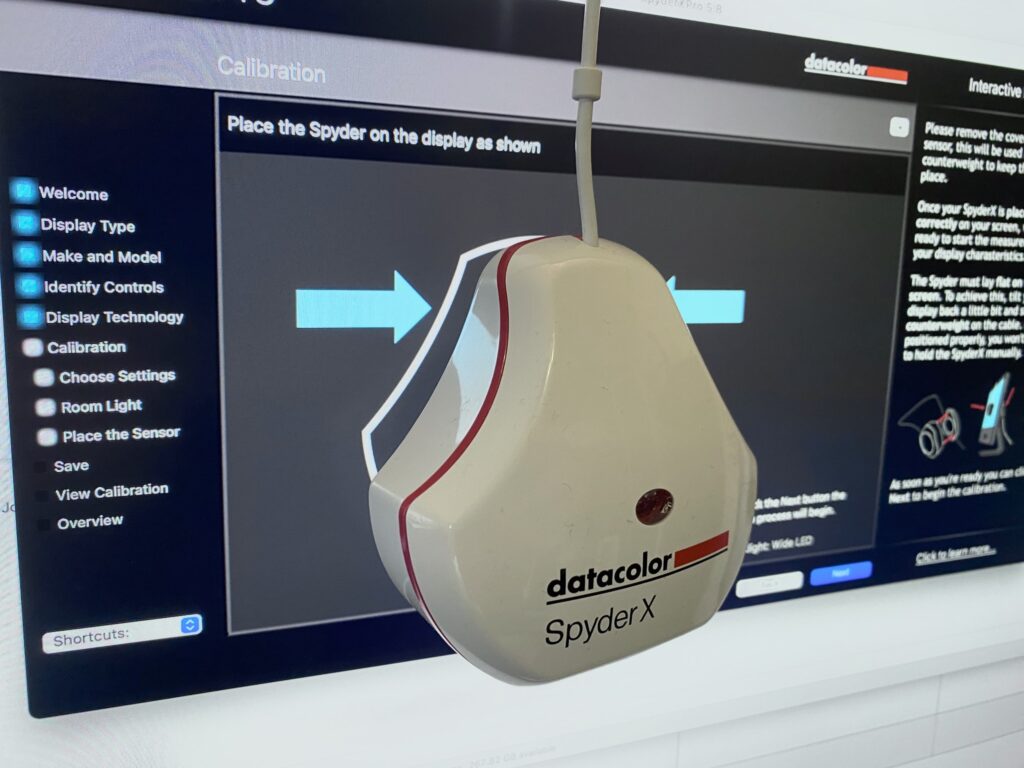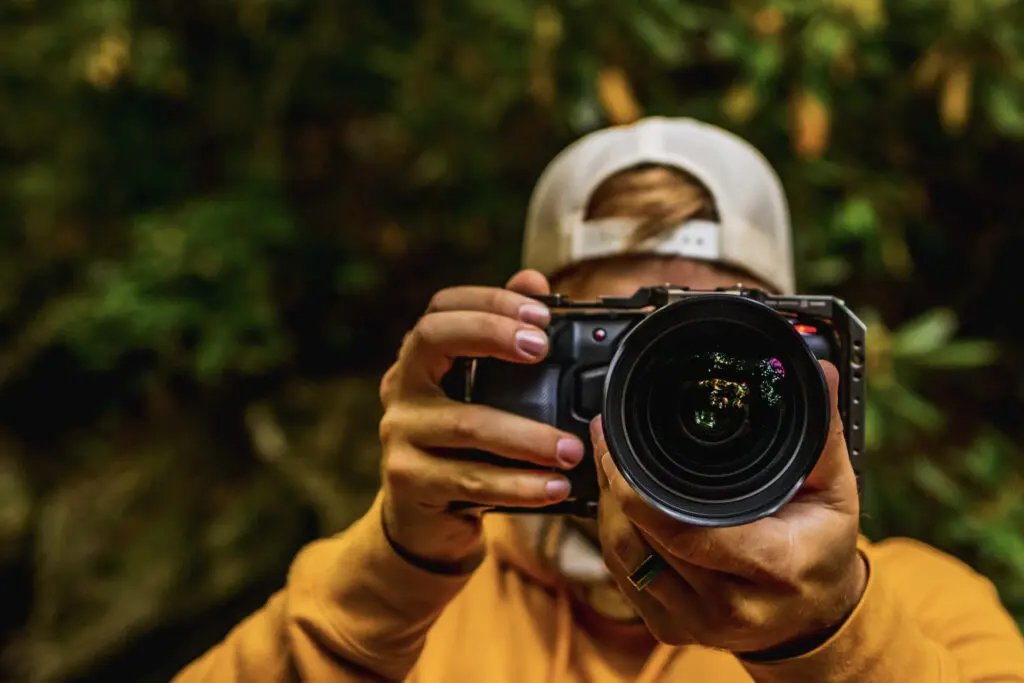The aperture is one of the elements of the exposure triangle, along with ISO and shutter speed. It is one of the controls we learn very early in our exploration of photography. At a base level, it’s a pretty simple and basic control. However, if you think briefly about it, the aperture is quite a complex and interesting subject.
Today we will delve a little deeper into the wonderful world of the aperture setting, starting with the basics and then journeying through some of its stranger nuances.
The Basics Of Aperture
The aperture on your lens is a diaphragm that opens and closes. This, in turn, allows more or less light through to your camera’s sensor – or film. We can control the aperture ourselves using Aperture Priority mode or manually shooting. In Aperture Priority, we set the aperture ourselves, and the camera will set a suitable shutter speed. In Manual Mode, on the other hand, you can set everything – aperture, shutter speed, and ISO.
Photographers have several terms to define the state of a lens aperture. A large, big, or wide lens aperture means that the diaphragm is open, close to, or at its maximum aperture. A small or narrow aperture means it is close to or at its minimum size. Maximum aperture is usually used in portraits and low-light imagery. A narrow aperture is more commonly used in landscape photography.
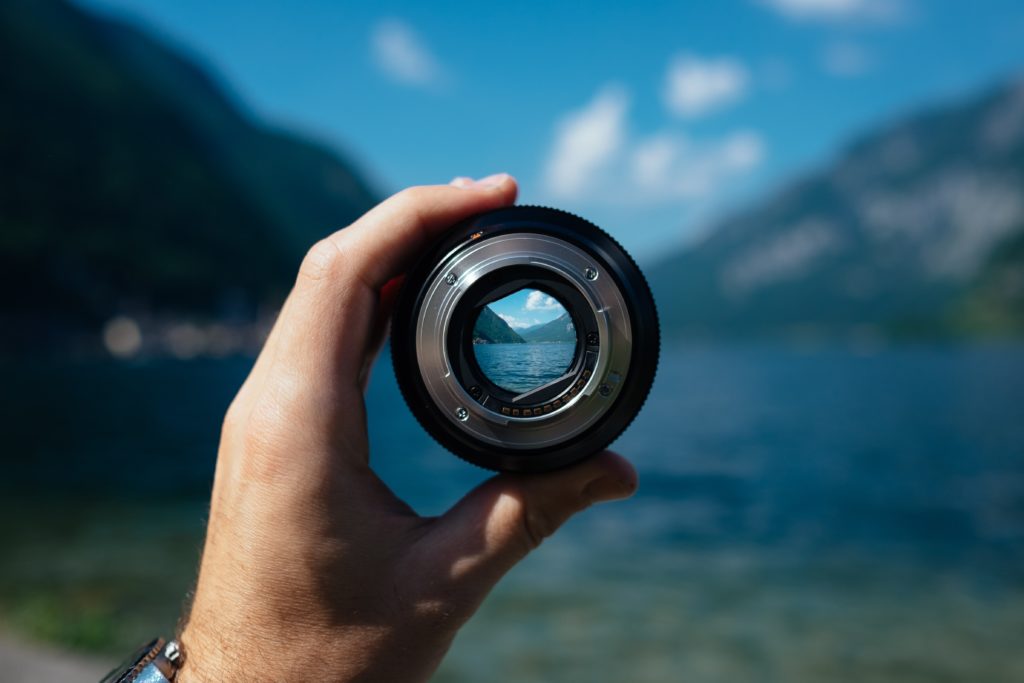
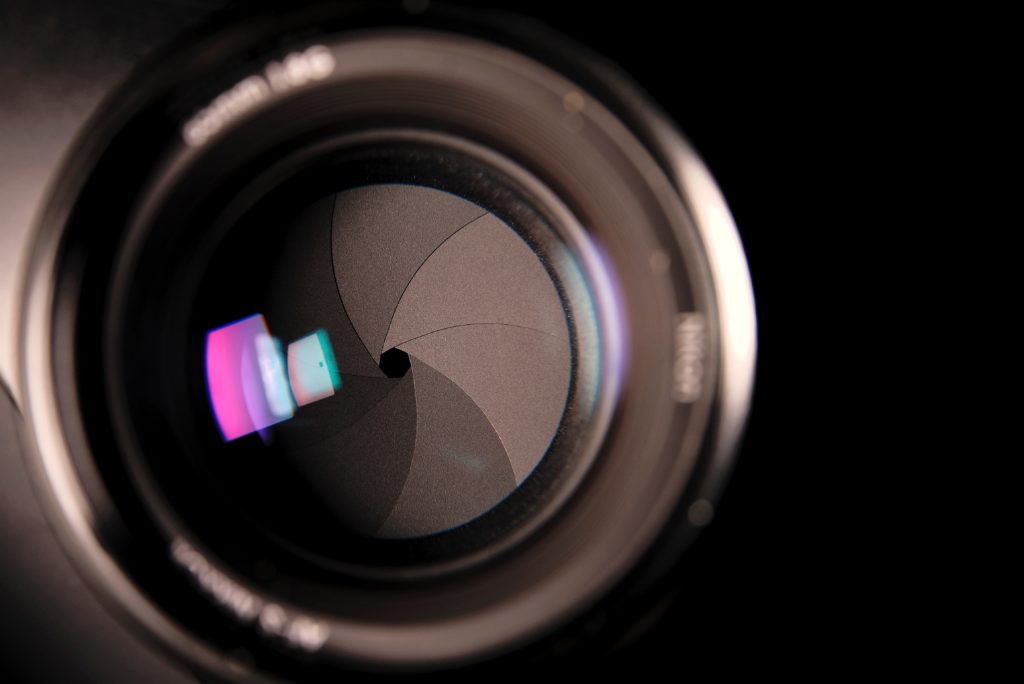
Aperture is measured on a scale called f-stops; we will look deeper at that later. Typically lenses are around f/1.8 to f/4 at their widest aperture and f/16 to f/22 at the narrow aperture. The aperture can be changed in full stops, half stops, or in some lenses, 1/3rd stops.
What Is The Effect Of Aperture On An Image? Depth Of Field!
Aperture affects the depth of field.
Most of you will know and understand the term depth of field. In simple terms, this is the amount of the image that is in focus in front of and behind the actual point of focus. If we use a wide aperture, that area is quite small, giving us a blurred background if we are focused on a close subject.
If we use a narrow or small aperture, the distance in focus becomes much greater. That means that the depth of field gets deeper. Even if the subject we focus on is close, the background will be partly or fully in focus. The effect varies with the focal length of the zoom lenses and the position of the subject relative to the background.

A wider lens will have more depth of field for an equivalent lens aperture than a telephoto lens. This is why portraits are most often taken with a moderate telephoto and a wide aperture. Also, the closer the subject is to the camera, the more the background will be out of focus. One of the “side effects” of the depth of field is bokeh; we will look at that moment.

Why The F-Stop Scale?
With the basics out of the way, let’s delve into some of the more interesting aspects of aperture, and we will start with how it’s measured. Ever stepped back to wonder at the strange, seemingly random nature of the f-stop numbers? f/1.8, f/2, f2.8, f/11, f/16, there seems no rhyme nor reason to them.
In fact, there is a logic to it, you just need to think of it in terms of fractions and not decimal points. The actual f-number is derived from simple algebraic calculation N=f/D where N is the aperture, f is the focal length, and D is the diameter of the entrance pupil, in the case of a lens, the diaphragm of the lens.
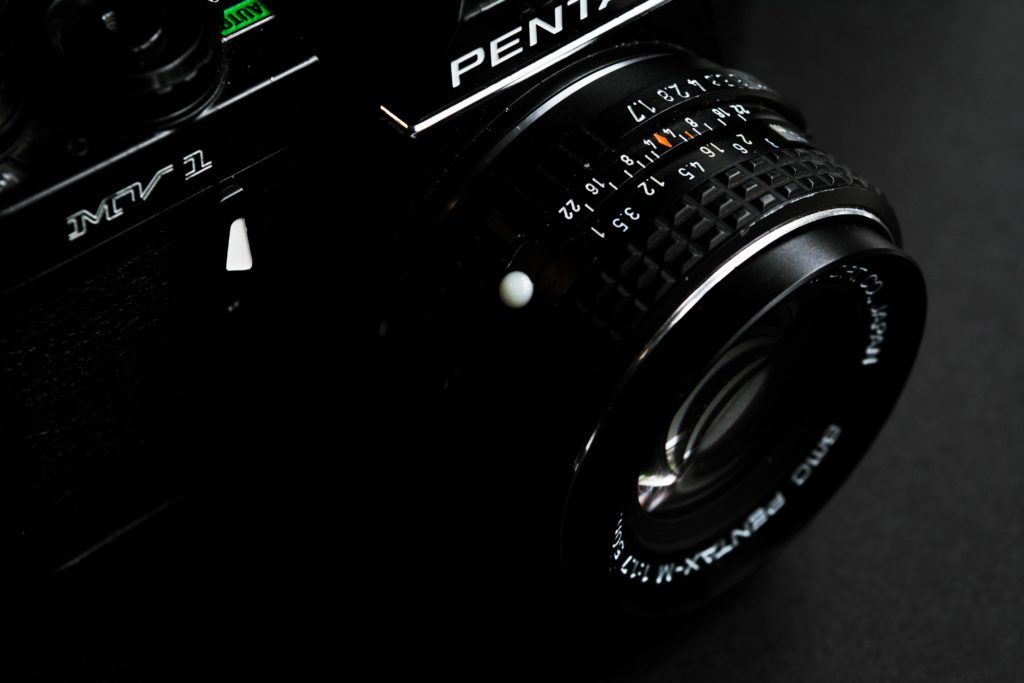
The aperture scale of a modern lens increases by the power of the square root of 2. Hence a one-stop decrease from f/1.4 is f/1.8, and the stop further is f/2. As eccentric as it seems, it has a logic, albeit one we do not necessarily need to know.
Understanding Diffraction
One thing we do need to know about f stops is diffraction. This is another relatively complex subject but one to be aware of as it can affect our image quality.
When light passes through an aperture, the waves start to spread. The smaller the aperture, the wider they spread out. That, in turn, can cause light waves to interfere with each other leading to a small but sometimes perceivable loss of image quality.
Sensor size, pixel density, and aperture define the limit or point where diffraction can become an issue. A camera with a very high pixel count and pixel density will start to get diffraction at wider apertures than a camera with a lower number of pixels and pixel density.
For cameras with very small sensors and high megapixels, diffraction might start at f/4 or f5.6, while a full-frame camera with a similar number of pixels might not see diffraction until f/11 or f/16.
Just What Is Bokeh? How Aperture Affects Depth Of Field
Another strange term related to the aperture is bokeh. We hear it often these days, particularly from Youtube reviewers who go on about a camera lens’ creamy bokeh. The word comes from the Japanese word for blur and, in photographic terms, defines the quality of the out-of-focus regions, not the amount of blur itself. It’s an entirely subjective term, but it is related to the depth of field. The shallower the depth of field, the more blur you will have. In turn, that means your bokeh will be more defined.

The term creamy bokeh describes a background where the detail is so undefined and blurred as to look “creamy” Apart from a wide, fast aperture, one other thing that can define the quality of your bokeh is the number of aperture blades your lens has.
It’s All About The Blades
The aperture in your camera lens is a complex and delicate piece of kit. It is controlled by a series of thin, overlapping blades that can open and close to control the amount of light passing. Those blades can have straight edges or more rounded edges, which, in turn, can affect how the bokeh appears. The number of blades in the lens also affects how the out-of-focus regions look.
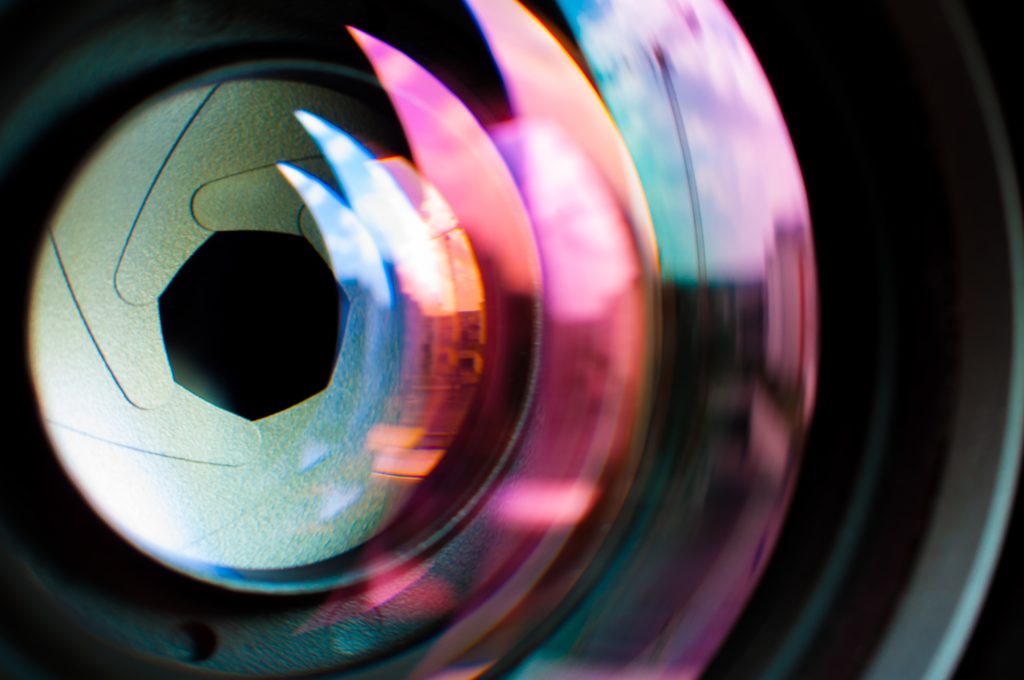
The rounder the actual diaphragm, the more pleasing the bokeh. That means lenses with the right number of curved blades will give the best results. That “right number” is generally regarded to be around 9.
As you can see from above, aperture settings are much more interesting than just the amount of light reaching your sensor. Next time you are out shooting, consider some of the varied things occurring when setting your f stop.
Further Reading:
- Why Aperture Priority is the Most Preferred Shooting Mode by Photographers
- Apple Aperture Wandering the Mojave Forever After Next Update
- Understanding The Aperture Is Important for Any Photographer. Read Why…
- How To Effectively Combine Aperture And Shutter Speed
- Understanding Maximum Aperture
- Guide To Aperture In Photography

